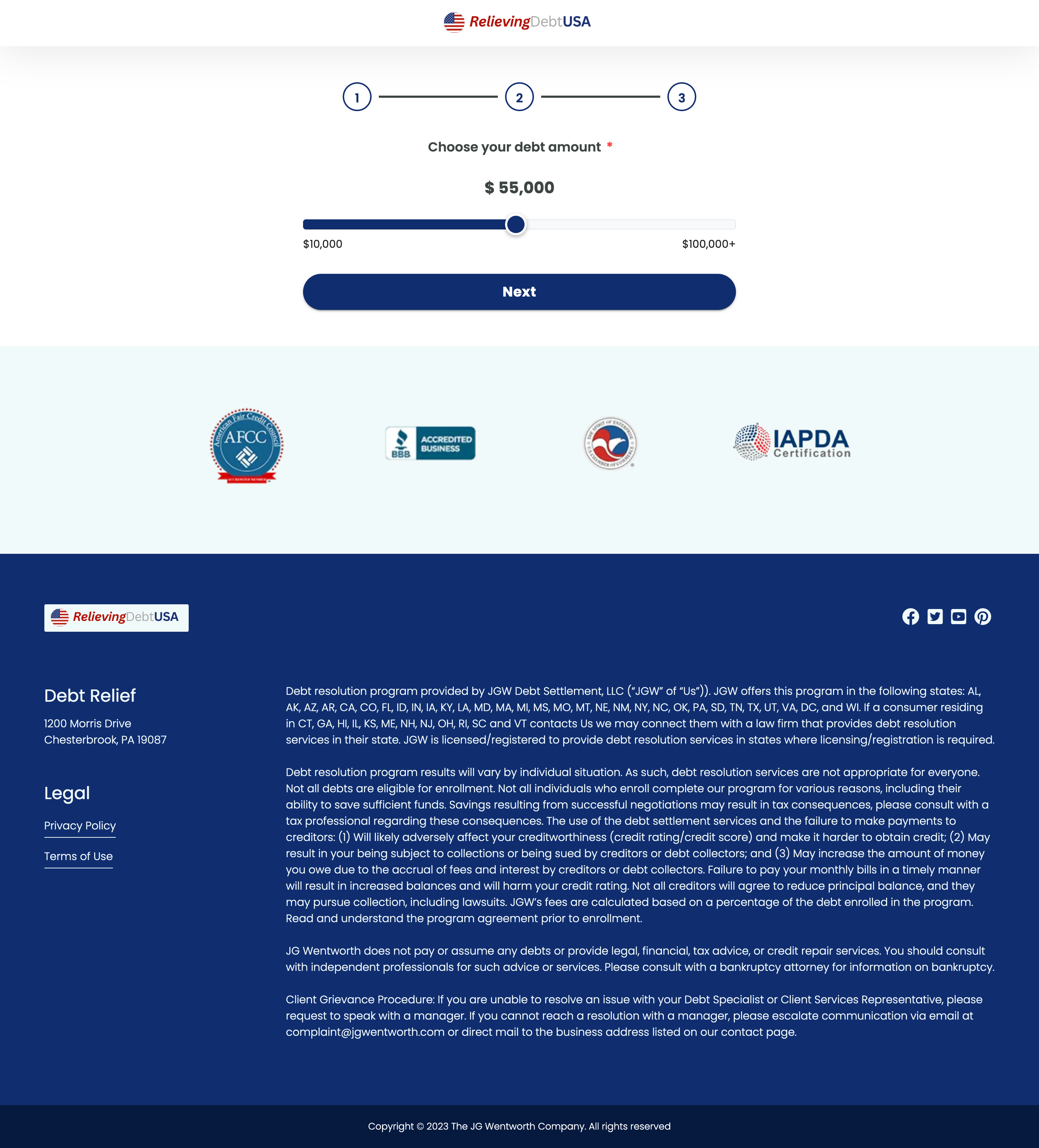In today’s digital age, competitive analysis has become a cornerstone for any marketer aiming to stay ahead of the game. Downloading and analyzing competitor landing pages is a powerful strategy to gather insights, understand market trends, and enhance your own campaigns. This guide will walk you through how to download competitor landing pages for research and optimization purposes.
Why Download Competitor Landing Pages?
Before diving into the how, let’s explore the why:
- Analyze Competitor Strategies: By reviewing competitor landing pages, you can identify effective messaging, design elements, and calls-to-action (CTAs) that are driving conversions.
- Understand Customer Experience: Examining a competitor’s layout and user flow helps understand the customer journey from landing to conversion.
- Refine Your Campaigns: Use insights from competitor landing pages to optimize your own landing pages, improving conversion rates and user engagement.
Methods for Downloading Competitor Landing Pages
1. Using Browser Developer Tools
Modern web browsers offer built-in tools that allow you to inspect and download the content of a webpage.
Step-by-step process:
- Open the landing page you want to analyze.
- Right-click anywhere on the page and select Inspect.
- Navigate to the Network tab, where you can see all assets loading (images, CSS, JavaScript files, etc.).
- Right-click on the elements you want and select Save As to download HTML, CSS, and other assets.
Pros:
- Free and readily accessible.
- Full control over which assets you save.
Cons:
- Requires manual effort for complex landing pages with multiple assets.
2. Using Landing Page Ripper Chrome Extension (Easiest Method)
Landing Page Ripper Chrome extension designed for web scraping or saving pages offline allows for easier and more automated downloading.
- The Landing Page Ripper extension allows you to capture and download a full landing page with just a click.
- It preserves HTML, CSS, and JavaScript files, making it easy to replicate or study the entire page offline.
How to Use:
- Install the extension from the Chrome Web Store.
- Visit the competitor’s landing page.
- Click on the extension icon and choose to save the page.
- The page is saved locally with all its assets.
Pros:
- One-click solution.
- Saves entire landing pages, including media files.
Cons:
- Extensions may have limits on what they can capture if a page has dynamic content (e.g., loaded via JavaScript).
Use the landing page ripper chrome extension to download competitor landing pages.
3. Using Web Scraping Tools
If you need more advanced capabilities for downloading competitor landing pages, web scraping tools provide flexibility in gathering data. Tools like Scrapy or Octoparse allow you to define specific data points to scrape, such as user reviews, product images, or dynamic content.
How to Use:
- Install a tool like Scrapy (requires Python programming knowledge) or use a no-code solution like Octoparse.
- Set the scraping parameters (e.g., download all images, CSS, and content).
- Scrape the landing page URL to download all relevant assets.
Pros:
- Advanced customization for scraping data.
- Can handle complex pages with dynamic elements.
Cons:
- Requires technical knowledge for setup (especially for Scrapy).
- Some websites may block scrapers using anti-bot mechanisms.
Best Practices for Analyzing Competitor Landing Pages
- Identify Common Elements: Look for patterns in CTAs, page layouts, and headlines. What do multiple successful competitors have in common?
- Evaluate UX/UI: Consider how the page design impacts user experience. Is it easy to navigate? Does it load quickly?
- Assess Content: Review the messaging, tone, and structure. What emotional triggers do they use to engage users?
- Track Performance with Tools: Use tools like SimilarWeb or Ahrefs to measure the traffic and backlink profile of competitor landing pages.
Conclusion
Downloading competitor landing pages is an essential part of competitive analysis in digital marketing. By leveraging tools such as browser developer tools, Chrome extensions, or web scraping tools, you can gain valuable insights into what’s working for your competitors. Be mindful to use this data ethically, and apply your findings to enhance your own marketing efforts and improve your landing page conversions.
This research-driven approach will help you stay ahead in the competitive landscape, refine your marketing strategies, and ultimately boost your conversion rates.









